PRACTISING 360 DEGREE INNOVATION
Année du cours : 1 année(s)
Etablissement : IÉSEG School of Management
Langue : English
Formation(s) dans laquelle/lesquelles le cours apparait :
Période : S2
No prior formal knowledge of innovation is required. However, students who are familiar with concepts and techniques in the realms of arts, business, critical thinking, creativity, design, entrepreneurship, humanities, IT, problem solving, and/or innovation will be able to test their understandings and applications in real-world contexts. This course is complementary to a wide range of IESEG courses that deal with one or more of the forementioned areas while maintaining focus on the applied practice of innovation in real-world contexts.
At the end of the course, the student should be able to:
1.Assess and identify improvements to commonly encountered systems, products, and processes (1C, 3B).
2. Create upon demand a written design brief and prototype in the form of a model or detailed diagram for the improvement of a system, product, or process (3B).
3. Appreciate through direct engagement both the “push” and “pull” aspects of sociotechnical improvements to the human-designed world and that improvements are possible everywhere, everyday, while always being subject to constraints (6A).
4. Demonstrate in a preliminary manner their ability, working within a small international randomly-assigned team, to successfully deliver three iterations of a design brief over a four-day period (1B, 6C).
5. Engage in discerning critique of proposed improvements by others to existing systems, products and/or processes in the everyday world and in the corporate world (4A, 4B).
Students will engage in practical innovation beginning with everyday examples from around the world – both past and present. Business examples will also be accessed in proximity to IESEG the first day under tutelage of the instructor. Randomly assigned intercultural teams will then identify an innovation site of their choosing within a given radius of the school. They will identify an innovation challenge for another team and write up a design brief of their chosen task. All teams will serve as both a consulting team doing an assigned task from another team and a customer team who have requested an innovation for one or more specific problems their chosen entity (corporate, public, NGO) is facing from another team. All teams will meet twice with their client team during the exercise as well as presenting their innovative solutions before several other teams. All teams will judge at least two other teams’ products grading both students within their own team as well as the other teams in their triad.

